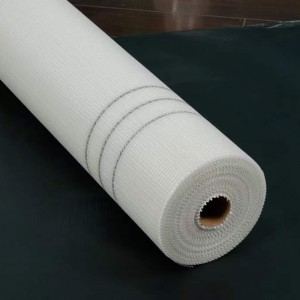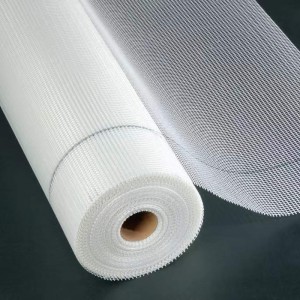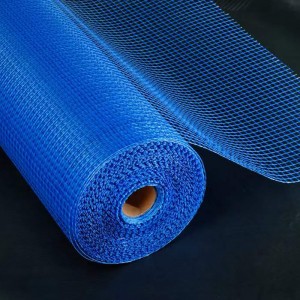Alkali-resistant Fiberglass Mesh
Material Characteristics
The material can solve the problem of cracking, bulging and falling off caused by the shrinkage of the plaster layer of the wall, as well as the direct cracks between the wall and the concrete wall, column and beam.
Technology Principle
Alkali resistant glass fiber mesh cloth, composed of glass fiber mesh, has strong tensile and alkali resistance, and has strong adhesion with mortar, can form a consortium with mortar.
Because there is an alkali resistant glass fiber mesh cloth in the plastering layer, the plastering mortar and alkali resistant glass fiber mesh cloth work together to improve the tensile strength of the plastering layer, not easy to crack.
Technological Process
Grassroots clean water - wet, centrifuge, water conservation, screed, basal plaster, surface rendering, cut patches alkali-resistant glass fiber grid cloth -- hanging mortar - maintenance.
The glass cloth produced by our country is divided into two categories: alkali free and medium alkali. The majority of foreign countries are E-GLASS non-alkali glass cloth. Glass cloth is mainly used in the production of various electrical insulation laminates, printed circuit boards, various vehicle bodies, storage tanks, boats, molds and so on. Alkali glass cloth is mainly used in the production of coated plastic packaging cloth, and for corrosion resistant occasions. The properties of fabric are determined by fiber properties, warp and weft density, yarn structure and weave. Warp and weft density is determined by yarn structure and weave. The warp and weft density, together with the fabric structure, determines the physical properties of the fabric, such as weight, thickness and breaking strength. There are five basic weaves: plain plan (similar to plaid), twill (generally +-45 degrees), satin statin (similar to one-way), ribbed leno (the main weave of fiberglass mesh), and matts (similar to Oxford).








